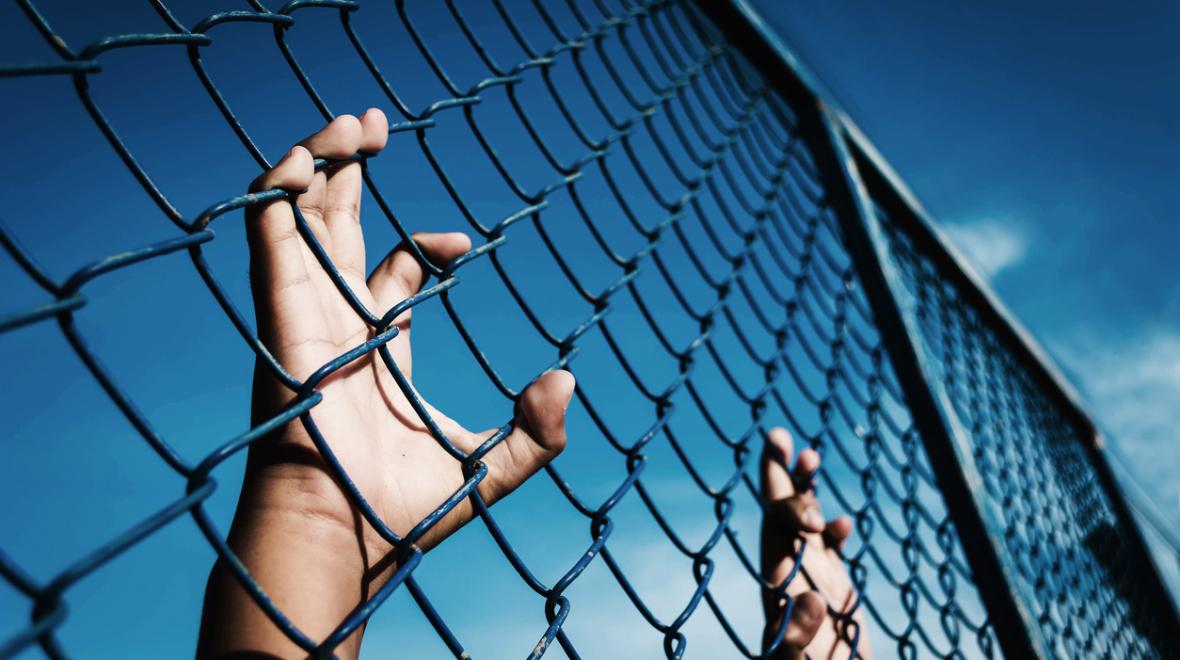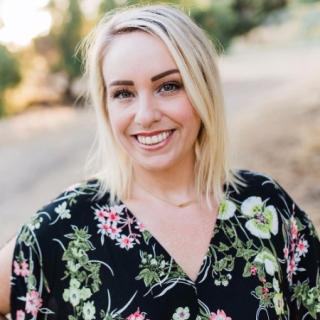
Her story was almost too horrible to believe: a young girl exploited, abused and trafficked into the sex trade, imprisoned for life at the age of 16 for killing a “John” in self-defense. In Nov. 2017, many of us learned about Cyntoia Brown and the fight for justice on her behalf. By the time her story went viral, Brown had already served more than 10 years in prison. She is now 29 years old, serving a life sentence in a woman’s prison in Tennessee.
While Brown's story is heartbreaking and infuriating, she isn't alone. Child sex trafficking in America thrives almost entirely on the exploitation of our most vulnerable citizens: children of color, particularly girls, who have been sexually abused, live at or below the poverty line, or are part of the child welfare system. StolenYouth, whose mission is to put an end to child sex trafficking in Washington state, held a discussion panel at the Bill and Melinda Gates Foundation Discovery Center on Thursday night, where panelists and experts talked about some of the ways race, gender and economic inequality drive the sex trade — and how we can move forward to address these issues.
Panelists included Yasmin Vafa, executive director of Rights4Girls, Liletha Williams, a survivor-perspective advocate and Dr. Shaquita Bell, clinical associate professor at Seattle Children’s Hospital. The discussion was moderated by Susan Long-Walsh, senior recruiter for the Bill and Melinda Gates Foundation, and Val Richey, King County senior deputy prosecuting attorney. The insights from so many different people involved in the fight against child sex trafficking painted a startling picture of just how much the issues of race, gender, and income inequality drive the sex trade.
Richey spoke directly about how sex trafficking and the sex trade has permeated King County. In his role as senior deputy prosecuting attorney, he sees everyday how vulnerable segments of the population are exploited and disproportionately victimized within the sex trade. According to Richey, many victims are girls, but boys and trans youth are affected as well. People of color are vastly disproportionately impacted: 52 percent of the victims in the cases Richey’s office deals with are African American even though African Americans comprise only 7 percent of the population of King County. Likewise, 62 percent of exploited youth that service providers work with are homeless or face housing instability. On the other side of that coin, most sex buyers and perpetrators are educated white males with higher incomes and more stability.
Most sex buyers and perpetrators are educated white males.
But this inequality within the sex trade and child sex trafficking isn’t isolated to King County or Washington state. Vafa of Rights4Girls says that the entire sex trade is predicated on race, gender, and income equality. The organization studies gender-based violence against women and girls, and according to their data, 40 percent of sex trafficking victims are Black women. These women are often forced into the sex trade as young girls, many victims of the very system that is supposed to protect them. In fact, 60 percent of child sex trafficking victims recovered nationwide came from foster or group homes. Vafa says that involvement in the child welfare system makes young girls more susceptible to victimization through trafficking. And sadly, sexual abuse and trauma during childhood is one of the primary predictors for juvenile involvement in girls.
Involvement in the child welfare system makes young girls more susceptible to victimization through trafficking.
One of the challenges advocates face in dealing with some of these issues is how victims of the sex trade are treated by law enforcement and the criminal justice system. Vafa calls it the “sexual abuse to prison pipeline." Law enforcement and criminal justice agencies don’t differentiate enough between perpetrators or sex buyers, and their victims. Hard national data is hard to come by — because states and counties don’t bifurcate cases of buyers or sellers — but, for example, in Pennsylvania, 78 percent of sex sellers were targeted by law enforcement and the criminal justice system, whereas only 22 percent of buyers were targeted for their involvement. And again, this is extremely one-sided; Black women and girls are disproportionately criminalized for their involvement (even by force) in the sex trade. Vafa calls it being criminalized for being victimized.
As Vafa so poignantly pointed out, we use the term “child prostitute,” but that is an oxymoron. Children in the sex trade are not prostitutes — they are victims who are raped for profit. Organizations like StolenYouth and Rights4Girls hope to change the systems that allow young children to be exploited and victimized through legislation and revision of laws within the criminal justice system.
To put an end to child sex trafficking, we have to dismantle and rebuild the very agencies that allow young girls and boys to be exploited and abused in the first place.
To watch the panel discussion, click here to visit StolenYouth's Facebook page and click on the livestream of the event.











